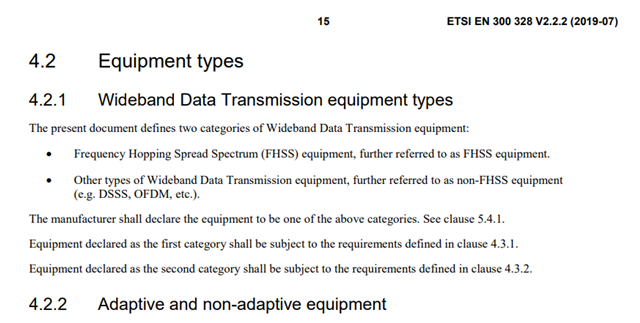We have product under final development which uses an nRF51822 as a peripheral to a RP2040. Product has worked well for many months using Nordic proprietary radio TX/RX. On the nRF51 series there is TEST a radio register 0x540 which allows the nRF&51 to be placed into a constant carrier more to allow compliance testing. This seems to have been left out of the radio registers on the nRF52811 and presumably it is not activated.
There are reference drivers for the nRF52 series that purport to be able to activate a constant carrier on the nRF52 series. In viewing the driver in some detail I cannot get any understanding of how the nRF52811 is put into a constant carrier mode
We have our own nRF52 series driver running well under MicroPython. We wish to add a function that allows for a continuous carrier. Is there a document or an application note that specifically defines how the registers of the nRF52811 should be managed to place the chip into a constant carrier mode
Our existing pcb modules have the nRF52811 as a peripheral to. RP2040. The nRF52811 is programmed via the SWDIO/SWCLK and data is exchanged between the nRF52811 and the RP2040 via an SPI interface. The radio on the nRF52811 works well and testing show that at least 8 adjacent 1 MHz channels operate continuously with a very low error rate. The modules have an on- board antenna etched into the pcb
We now need to perform pre compliance and compliance tests but cannot do so until we can set up a continuous carrier. We can control the channel number and transmit power with the existing driver
Any assistance with identifying what registers are involved in setting up a constant carrier would be appreciated




